Case Studies
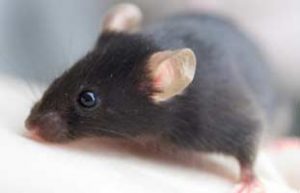 The SOD1G93A mouse is a commonly used model of amyotrophic lateral sclerosis (ALS), a form of motor neuron disease which is rapidly progressive and fatal in humans. Current treatments only have a limited impact, so the SOD1G93A mouse is used to test potential therapies. Testing treatments that are intended to slow disease progression can require animals to experience clinical signs that can cause severe suffering. The life experiences of SOD1G93A mice were reviewed and refined, and a new Standard Operating Procedure set out for caring for the animals, including:
The SOD1G93A mouse is a commonly used model of amyotrophic lateral sclerosis (ALS), a form of motor neuron disease which is rapidly progressive and fatal in humans. Current treatments only have a limited impact, so the SOD1G93A mouse is used to test potential therapies. Testing treatments that are intended to slow disease progression can require animals to experience clinical signs that can cause severe suffering. The life experiences of SOD1G93A mice were reviewed and refined, and a new Standard Operating Procedure set out for caring for the animals, including:
- early screening of motor function and muscle characteristics, to select which drugs to take forward without mice suffering extreme motor deficits
- righting reflex checked twice daily from 100 days (or earlier of motor problems are apparent)
- non-particulate litter and nesting material, as animals may have difficulty grooming
- long sipper tubes and mash provided in a dish on the cage floor, to cater for disabled animals
- any dehydration treated with an intraperitoneal injection of sterile saline, followed by close monitoring
- husbandry refinements, including carrying nesting material (not litter) over from soiled to clean cage to reduce aggression, changing gloves and cleaning work surfaces between handling male and female mice. Fun tunnels are provided but removed at 100 days to prevent disabled mice from becoming trapped
All investigators and animal technologists have a copy of the SOP, which has helped to avoid and reduce severe suffering.
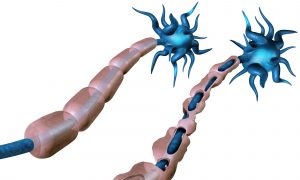 Animals are used to study demyelinating diseases of the nervous system, in which the myelin sheath that insulates neurons (nerve cells) is damaged. These include multiple sclerosis, Charcot-Marie-Tooth disease and central nervous system neuropathies. In a commonly used model, mice are fed cuprizone, which causes neurons to degenerate throughout the nervous system including the brain. Potential drugs and therapies can then be evaluated for the disease under study.
Animals are used to study demyelinating diseases of the nervous system, in which the myelin sheath that insulates neurons (nerve cells) is damaged. These include multiple sclerosis, Charcot-Marie-Tooth disease and central nervous system neuropathies. In a commonly used model, mice are fed cuprizone, which causes neurons to degenerate throughout the nervous system including the brain. Potential drugs and therapies can then be evaluated for the disease under study.
Six weeks of 0.2% cuprizone in the diet causes a significant level of reversible demyelination in mice, which becomes irreversible if exposure to cuprizone is continuous for up to 12 weeks. Mice treated with cuprizone invariably exhibit
spontaneous seizures (fits) and mortality can be up to 50% in males. Treatment with cuprizone can therefore be severe.
A pharmaceutical company wanted to refine the use of cuprizone and, after evaluating the literature, they set up this protocol:
- Female mice weighing at least 25g were used – according to the literature, female mice are less susceptible to cuprizone
- 0.2% cuprizone was incorporated into chow pellets, which mice prefer to powdered diet and find easier to handle
- Animals were housed in a ‘quiet’ area of the animal facilities with low traffic
- The number of interventions was reduced by combining various activities within a single handling session, e.g. by weighing and checking the animals during cage clean
- MRI techniques were used to assess demyelination more accurately and refine humane endpoints. Scanning sessions lasted 15 minutes, under isoflurane anaesthesia
As a result, the actual severity was ‘mild’ for all animals and the animal model was robust. MRI was also used to implement reduction, as longitudinal data was obtained from a single animal.
Classical Swine Fever
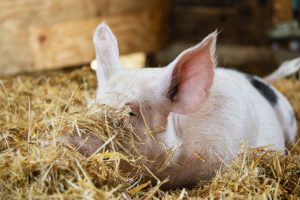
Classical Swine Fever (CSF) is a contagious viral disease of both domestic and wild pigs. The acute form of the disease can cause acute, severe suffering. In challenge studies looking at vaccine efficacy, white blood cell (WBC) counts were successfully used to refine humane endpoints. Daily, real-time analysis of blood samples, using a flow cytometer, enabled significant decreases in white blood cell counts to be identified, so that pigs could be euthanased before suffering became severe.
Other measures used by the establishment to avoid severe suffering in CSF studies included:
- holding pre-start meetings before every study, to ensure that scientists, vets and animal technologists were all familiar with the experimental aims, design and practicalities. This ensured a common understanding of humane endpoints, including pre-emptive endpoints based on WBC analysis and those based on welfare assessment
- collecting and using nuanced observations, e.g. observing the pigs after blood sampling or feeding. Those who were first to lie down, or whose blood took longer to clot after sampling, were often found to be the first to approach endpoints
- blood sampling early in the morning, so the WBC count results could be used that day to help make decisions on humane endpoints
- timing experiments so that the critical phase occurred early or mid-week, rather than at week-ends when there were fewer staff in
- establishing a Whatsapp group to improve efficiency logistics, e.g. sharing sample analysis results and welfare scoring results, enabling humane endpoints and associated post-mortems to be organised quickly if required
- using microchips to record temperature without handling, and video monitoring as a supplement (but not substitute for) interactive monitoring by competent, empathetic staff
- holding ‘washup’ meetings to review each experiment and identify further refinements
Work was funded under the VetBioNet part of Horizon 2020 program of the European Union, project number 731014
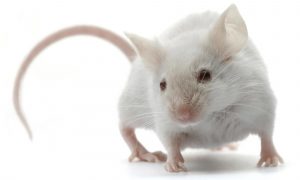 A pharmaceutical company introduced the G6PI, CIA and CAIA mouse models of rheumatoid arthritis, which have the potential to cause severe suffering. This prompted a re-evaluation of the company’s welfare scoring sheets and husbandry refinement protocols, with the aim of reducing suffering. The scientists and animal technologists worked together to tailor and refine monitoring systems, husbandry and procedures.
A pharmaceutical company introduced the G6PI, CIA and CAIA mouse models of rheumatoid arthritis, which have the potential to cause severe suffering. This prompted a re-evaluation of the company’s welfare scoring sheets and husbandry refinement protocols, with the aim of reducing suffering. The scientists and animal technologists worked together to tailor and refine monitoring systems, husbandry and procedures.
Mice used in G6PI and CAIA studies were very carefully monitored by scientists and animal technologists, to identify indicators of adverse effects and collate data on weight loss and disease scores. The observations were specific to each model, although standardised terminology was created to describe indicators. As a result, the following refinements
were adopted:
- the humane endpoint for weight loss was reduced from 25% to 20%, and another endpoint added of a 15% weight loss that persisted for 5 days
- the tailored indicators (such as soft stools for CAIA) enabled study length to be reduced; e.g. the CIA studies were reduced from 30 days to 20
- disease scores were revised to include a range of indicators, as opposed to paw volume only, capturing severity more effectively and enabling endpoints to be further refined
- additional refuges are provided for DBA/1 male mice, eliminating aggression
- non-tangling nesting material is provided
- when mobility is restricted, longer sipper nozzles are fitted and food given in dishes on the cage floor
- the Mouse Grimace Scale is used to help assess acute pain
Snake bite antivenom assays
 Antivenoms are unique in that they currently solely rely on animal models to predict their potential efficacy in humans. The long-established World Health Organisation endorsed ‘gold standard’ antivenom testing protocol is crude, involving the injection of premixed antivenom and venom, of which the latter is an above lethal dose, into a mouse. The efficacy of the antivenom is then determined based on mouse survival after 6 or 24 hours. The assay is listed as a requirement by many national regulatory agencies, and national pharmacopoeia, as proof of antivenom efficacy before a product is approved for clinical use. Although some countries have implemented humane endpoints and analgesia in these assays in recent years, this is not common practice. Although these are refinements, they do not ameliorate the severe suffering, distress, and pathological effects e.g. breathing difficulties, bleeding, organ damage, paralysis, etc. as a human victim would experience. However, with the absence of routine clinical trials, and the absence of any alternative assays, and indeed any non-animal alternatives due to the complex nature of venom, this assay has been the mainstay for over 40 years, and has fulfilled a critical role in testing antivenoms that have saved many human lives.
Antivenoms are unique in that they currently solely rely on animal models to predict their potential efficacy in humans. The long-established World Health Organisation endorsed ‘gold standard’ antivenom testing protocol is crude, involving the injection of premixed antivenom and venom, of which the latter is an above lethal dose, into a mouse. The efficacy of the antivenom is then determined based on mouse survival after 6 or 24 hours. The assay is listed as a requirement by many national regulatory agencies, and national pharmacopoeia, as proof of antivenom efficacy before a product is approved for clinical use. Although some countries have implemented humane endpoints and analgesia in these assays in recent years, this is not common practice. Although these are refinements, they do not ameliorate the severe suffering, distress, and pathological effects e.g. breathing difficulties, bleeding, organ damage, paralysis, etc. as a human victim would experience. However, with the absence of routine clinical trials, and the absence of any alternative assays, and indeed any non-animal alternatives due to the complex nature of venom, this assay has been the mainstay for over 40 years, and has fulfilled a critical role in testing antivenoms that have saved many human lives.
Despite this, there are clearly ethical issues surrounding the use of this model ,and also issues with the scientific validity. The assay does not reflect real-world envenoming, as venom would never be premixed or injected directly. The premixing also makes detailed assessments of the antivenom’s pharmacokinetic properties nearly impossible. This approach risks overestimating the effectiveness of an antivenom, which has unfortunately led to catastrophic product failures and loss of life.
To begin tackling these problems, a new, non-lethal endpoint model which is sensitive enough to assess antivenom efficacy whilst minimising, or negating severe suffering is being developed. This model uses the smallest possible dose of venom that can induce measurable changes in biomarkers. For example, measurements of blood fibrinogen, a protein which helps blood clots to form, and prothrombin time, a measurement of how long it takes for clots to form in a sample, both of which are greatly affected by particular venoms, can provide useful information on the effectiveness of the antivenom. These tests are also used to clinically assess human snakebite cases and their responses to antivenom. The use of these assays enables much more detailed and rigorous data versus the current binary, and not very informative, ‘alive or dead’ readout. The team also intends to incorporate non-invasive monitoring of vital signs to give further data on subtle physiological changes. Using this method, mice show no outward signs of envenoming despite quantifiable changes in blood chemistry, and the actual severity of mice undergoing this procedure is mild or moderate.
Image courtesy of Simon Townsley
AVOIDING AND REDUCING SEVERE SUFFERING
Avoiding and reducing severe suffering helps to fulfil legal requirements, reduce ethical concerns and improve scientific quality – this website will help you to achieve this.
Practical ways to reduce or avoid severe suffering include:

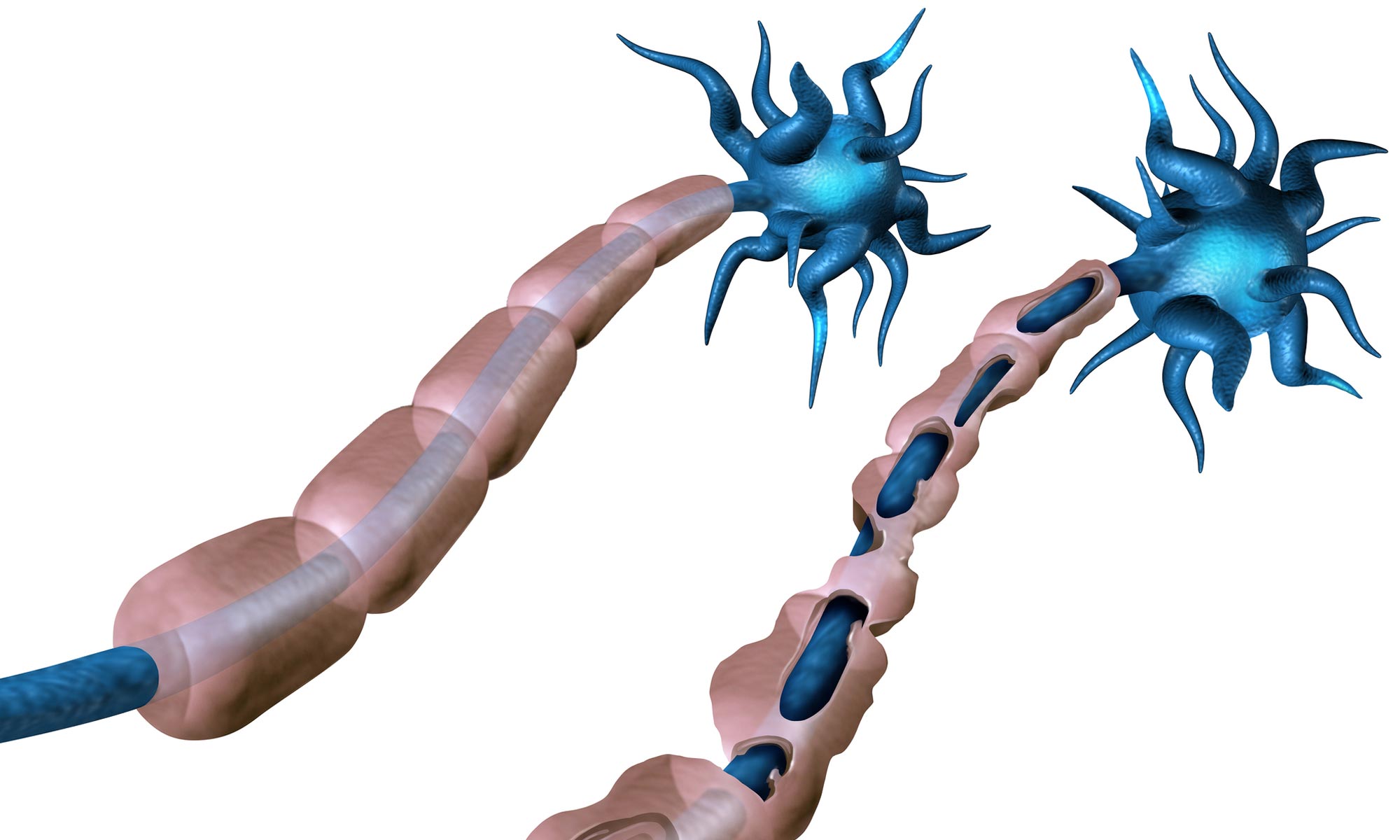
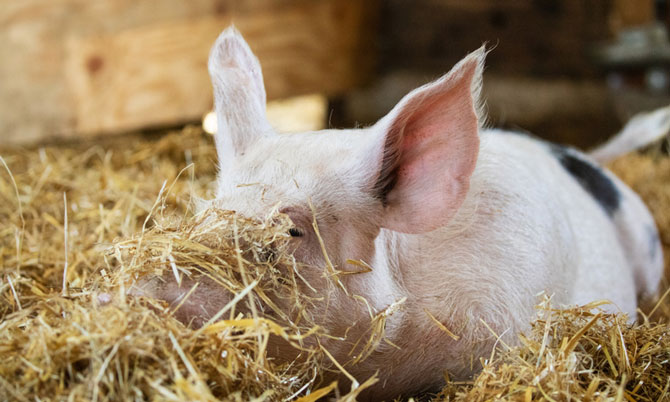
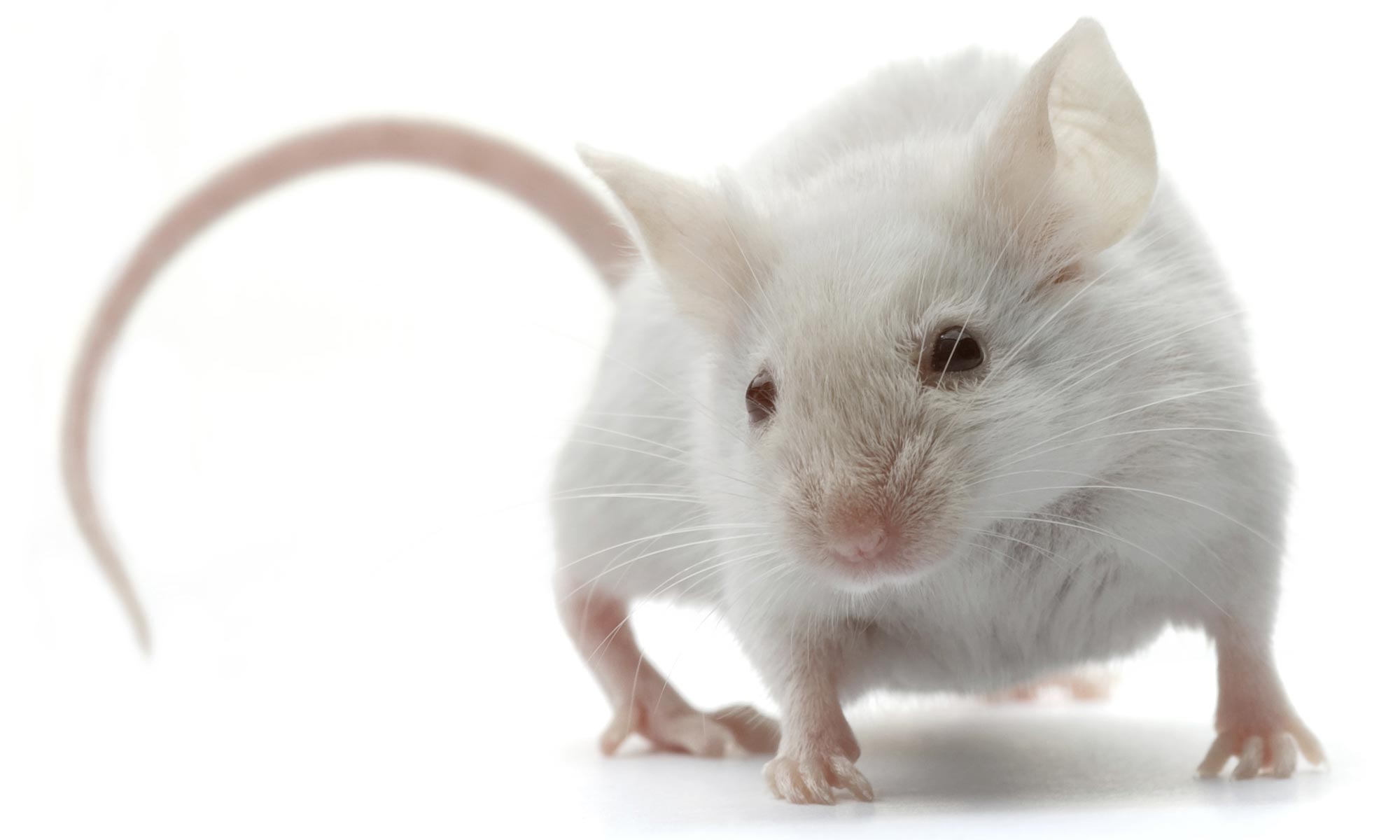
![GHS_Townsley_LSTM_May_0053[70] Classical-Swine-Fever](https://focusonseveresuffering.co.uk/wp-content/uploads/2024/01/GHS_Townsley_LSTM_May_005370-scaled.jpg)